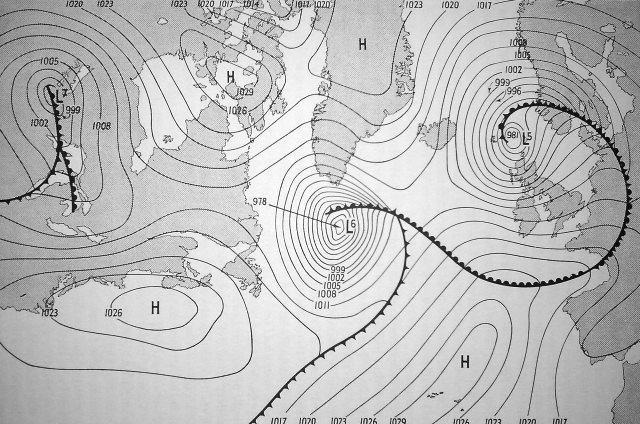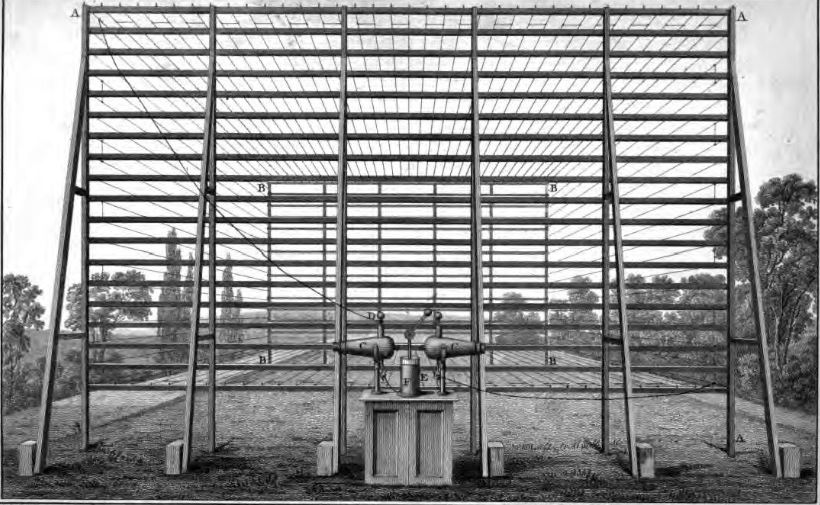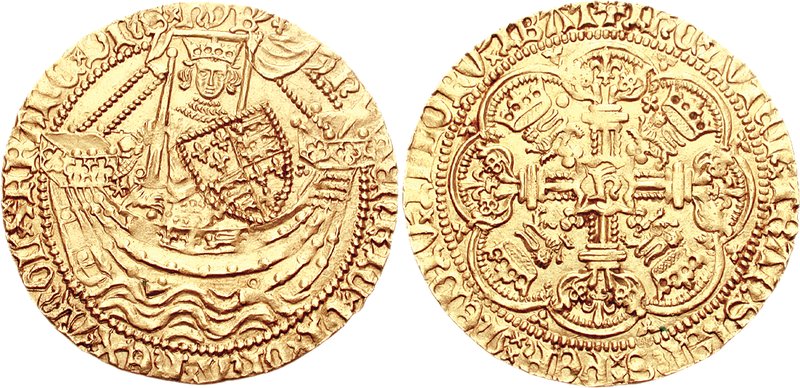|
Kew Observatory
The King's Observatory (called for many years the Kew Observatory) is a Grade I listed building in Richmond, London. Now a private dwelling, it formerly housed an astronomical observatory, astronomical and Terrestrial magnetism, terrestrial magnetic observatory founded by King George III of Great Britain, King George III. The architect was Sir William Chambers; his design of the King's Observatory influenced the architecture of two Irish observatories – Armagh Observatory and Dunsink Observatory near Dublin. Location The observatory and its grounds are located within the grounds of the Royal Mid-Surrey Golf Club, which is part of the Old Deer Park of the former Richmond Palace in Richmond, Surrey, Richmond, historically in Surrey and now in the London Borough of Richmond upon Thames. The former royal manor of Kew lies to the immediate north. The observatory grounds overlie to the south the site of the former Sheen Priory, the Carthusian monastery established by King Hen ... [...More Info...] [...Related Items...] OR: [Wikipedia] [Google] [Baidu] |
Old Deer Park
Old Deer Park is an area of open space within Richmond, London, Richmond, owned by the Crown Estate, in the London Borough of Richmond upon Thames, England. It covers of which are leased as sports grounds for sports, particularly rugby, golf and cricket. Despite the name, there are now no deer in the park. Location The park is bounded generally by the River Thames to the west, Kew Gardens to the north and, across A316 road, a trunk road, urban areas of Richmond town to the east and south. Owned by the Crown Estate, the park forms part of a larger retained historic and biodiverse landscape incorporating part of Richmond, Kew and Isleworth. The lowest, western parts of the park constitute flood-meadow, flood storage areas, which provide emergency flood relief around Richmond Lock and Footbridge, Richmond semi-tidally submerged Lock. Old Deer Park's heritage as a historic royal landscape in a favoured riverside location has become compromised over recent decades by instances o ... [...More Info...] [...Related Items...] OR: [Wikipedia] [Google] [Baidu] |
Surrey
Surrey () is a Ceremonial counties of England, ceremonial county in South East England. It is bordered by Greater London to the northeast, Kent to the east, East Sussex, East and West Sussex to the south, and Hampshire and Berkshire to the west. The largest settlement is Woking. The county has an area of and a population of 1,214,540. Much of the north of the county forms part of the Greater London Built-up Area, which includes the Suburb, suburbs within the M25 motorway as well as Woking (103,900), Guildford (77,057), and Leatherhead (32,522). The west of the county contains part of Farnborough/Aldershot built-up area, built-up area which includes Camberley, Farnham, and Frimley and which extends into Hampshire and Berkshire. The south of the county is rural, and its largest settlements are Horley (22,693) and Godalming (22,689). For Local government in England, local government purposes Surrey is a non-metropolitan county with eleven districts. The county historically includ ... [...More Info...] [...Related Items...] OR: [Wikipedia] [Google] [Baidu] |
James Stagg
Group Captain James Martin Stagg, (30 June 1900 – 23 June 1975) was a British Met Office meteorologist attached to the Royal Air Force during the Second World War who notably persuaded General Dwight D. Eisenhower to change the date of the Allied invasion of Europe from 5 to 6 June 1944. Early life Stagg was born on 30 June 1900 in Musselburgh, East Lothian, Scotland, to Alexander C. Stagg and his wife, Helen (Ellen). He was educated at Dalkeith High School in Dalkeith until the age of 15. As Dalkeith High did not provide further education, he completed his schooling at Broughton Junior Student Centre in Edinburgh. In 1921, Stagg graduated with an undergraduate Master of Arts (MA Hons) from the University of Edinburgh. He then became a teacher and worked as science master at George Heriot's School in Edinburgh. On 7 April 1923, he was commissioned as a second lieutenant in the Officers' Training Corps (OTC), to serve with the George Heriot's School contingent of the juni ... [...More Info...] [...Related Items...] OR: [Wikipedia] [Google] [Baidu] |
Francis John Welsh Whipple
Francis John Welsh Whipple ScD FInstP (17 March 1876 – 25 September 1943) was an English mathematician, meteorologist and seismologist. From 1925 to 1939, he was superintendent of the Kew Observatory. Biography Whipple was the son of Kew Observatory employees George Mathews Whipple and Elizabeth Beckley, an astronomical photographer. Whipple attended Willington Preparatory School in Putney, where in 1888 he won a scholarship at Merchant Taylors' School. From here, he obtained a scholarship at Trinity College, Cambridge in 1895, where he was placed Second Wrangler in the Mathematical Tripos of 1897. In 1899, he showed that bicycles could be self stable. Career From 1899–1912, he was an assistant master at Merchant Taylors' School, and then worked at the Meteorological Office in Exhibition Road, Kensington from 1912, living at Addison Road, Bedford Park. From 1925, he was Assistant-Director of the Meteorological Office and Superintendent of Kew Observatory, where he suc ... [...More Info...] [...Related Items...] OR: [Wikipedia] [Google] [Baidu] |
Charles Chree
200px, Charles Chree (circa 1900) Charles Chree, FRS (5 May 1860 – 12 August 1928) was a British physicist, an authority on terrestrial magnetism and atmospheric electricity, and for 32 years Superintendent of Kew Observatory. Chree was born in Lintrathen, Forfarshire, Scotland on 5 May 1860, second son to Rev Charles Chree.Obituary Dr Charles Chree, The Times Tuesday Aug 14 1928 He was educated at the Grammar School, Old Aberdeen, the University of Aberdeen where he graduated MA in 1879 and the University of Cambridge where he graduated as Sixth Wrangler (MA, 1883). Chree was elected a Fellow of the Royal Society in 1897, his candidacy citation listing his achievements as: "''Author of the following memoirs, and of many others on analogous subjects - 1. Effects of pressure on the Magnetisation of Cobalt, Phil Trans: 1890 2. Conduction of heat in liquids, Proc: R. Soc: 1887. 3. Stresses and strains in isotropic, elastic, solid ellipsoids, etc, Proc: R. Soc: 1895. 4. A solu ... [...More Info...] [...Related Items...] OR: [Wikipedia] [Google] [Baidu] |
George Mathews Whipple
George Mathews Whipple (15 September 1842 – 8 February 1893), was a British physicist who was superintendent of the Kew Observatory. Early life He was born at Teddington where both his father, George Whipple, and mother were teachers. He attended Kingston Grammar School, a private school run by Dr Williams in Richmond and King's College London, where he obtained his BSc in 1871. Career He joined the staff at the Kew Observatory in 1858, became magnetic assistant in 1862, chief assistant in 1863, and superintendent in 1876. He was responsible for the testing of magnetographs before being distributed abroad. The Observatory also tested barometers, thermometers, anemometers, telescopes, chronometers, watches, photographic lenses, etc. He prepared the magnetic section of the report on the 1883 Krakatoa eruption. He carried out pendulum experiments for determining the constant of gravitation with Captain William James Heaviside of the Indian Survey in 1873, with Colonel John Hersc ... [...More Info...] [...Related Items...] OR: [Wikipedia] [Google] [Baidu] |
Balfour Stewart
Balfour Stewart (1 November 182819 December 1887) was a Scottish physicist and meteorologist. His studies in the field of radiant heat led to him receiving the Rumford Medal of the Royal Society in 1868. In 1859 he was appointed director of Kew Observatory. He was elected professor of physics at Owens College, Manchester, and retained that chair until his death, which happened near Drogheda, in Ireland, on 19 December 1887. He was the author of several successful science textbooks, and also of the article on "Terrestrial Magnetism" in the ninth edition of the ''Encyclopædia Britannica''. Career Stewart was born on 1 November 1828 at 1 London Row in Leith (north of Edinburgh), the son of William Stewart a tea merchant, and his wife, Jane Clouston. His father was involved in business in Great Britain and Australia. He was educated at Dundee. He then studied Physics at the University of St Andrews, and the University of Edinburgh. Following his studies of physics at Edinburgh, ... [...More Info...] [...Related Items...] OR: [Wikipedia] [Google] [Baidu] |
John Welsh (meteorologist)
John Welsh FRS (1824–1859) was a Scottish meteorologist. Life The eldest son of George Welsh of Craigenputtock, he was born at Boreland in the stewartry of Kirkcudbright on 27 September 1824. His father, who farmed, died in 1835, and his mother settled at Castle Douglas, where Welsh received an education. In November 1839, he entered the University of Edinburgh with a view to becoming a civil engineer, and studied under Philip Kelland, James David Forbes, and Robert Jameson. In December 1842, Sir Thomas Makdougall-Brisbane - on the advice of Forbes - engaged Welsh as an observer at his observatory at Makerstoun under then director, John Allan Broun. In 1850 Welsh - who wished to move on - was recommended by Brisbane to William Henry Sykes, chairman of the committee of the British Association which managed Kew Observatory. He was then quickly appointed assistant to Francis Ronalds, who was the honorary superintendent at the time. Welsh succeeded Ronalds as superintendent on t ... [...More Info...] [...Related Items...] OR: [Wikipedia] [Google] [Baidu] |
Francis Ronalds
Sir Francis Ronalds Fellow of the Royal Society, FRS (21 February 17888 August 1873) was an English scientist and inventor, and arguably the first History of electrical engineering, electrical engineer. He was knighted for creating the first working electric telegraph over a substantial distance. In 1816 he laid an length of iron wire between wooden frames in his mother's garden and sent pulses using electrostatic generators. He also is known for creating the first electric clock in 1814. Upbringing and family Born to Francis Ronalds and Jane (née Field), wholesale cheesemongers, at their business premises at 109 Upper Thames Street, London, Thames Street, London, he attended Unitarianism, Unitarian minister Eliezer Cogan's school before being apprenticed to his father at the age of 14 through the Worshipful Company of Drapers, Drapers' Company. He ran the large business for some years. The family later resided in Canonbury Place and Highbury Terrace, both in Islington, at K ... [...More Info...] [...Related Items...] OR: [Wikipedia] [Google] [Baidu] |
Stephen Peter Rigaud
Stephen Peter Rigaud (12 August 1774–16 March 1839) FRAS was an English mathematical historian and astronomer. Rigaud was born into a French Protestant family. His father, Stephen (also known as James Stephen) Rigaud, was Observer at the Kew Observatory. The painter John Francis Rigaud, who painted a portrait of Rigaud, aged four, and his sister Mary Anne was not his uncle but other possible connections are unknown. He was a Fellow of Exeter College, Oxford, from 1794 to 1810, held the Savilian Chair of Geometry at the University of Oxford from 1810 to 1827, and was Savilian Professor of Astronomy from 1827 to 1839. He lived at 21 Richmond Green in Richmond, Surrey (now Richmond, London) from 1815 to 1826. "He devoted his leisure to research and authorship in the field of scientific biography. A well-informed friend has said of him, — " He had a peculiar delight in tracing the history of an invention, or illustrating the biography of those who, however eminent ... [...More Info...] [...Related Items...] OR: [Wikipedia] [Google] [Baidu] |
Stephen Demainbray
Stephen Charles Triboudet Demainbray (1710 – 20 February 1782) was an English natural scientist and astronomer, who was Superintendent (or King's Astronomer) at the King's Observatory in Richmond, Surrey (now in London) from 1768 to 1782. Early life and education Demainbray was born in the parish of St Martins, London in 1710.Lysons, D.: ''The Environs of London: volume 3: County of Middlesex'', entryNorthall (Northolt), pp. 306–319; 1795. Retrieved 18 February 2016. His parents, (Charles) Stephen Demainbray (d.c. 1710) and Mary, daughter of Rev Alexander Descairac, were married on 21 September 1699 at St Mary Magdalen Old Fish Street, London. His father, who had come to England from France following the revocation of the Edict of Nantes, died soon afterwards and he was brought up by his uncle, Captain Peter Demainbray (d. 1733) who placed him at Westminster School. There he studied under Dr Desaguliers, who taught him mathematics and natural philosophy. After that ... [...More Info...] [...Related Items...] OR: [Wikipedia] [Google] [Baidu] |
King Henry V Of England
Henry V (16 September 1386 – 31 August 1422), also called Henry of Monmouth, was King of England from 1413 until his death in 1422. Despite his relatively short reign, Henry's outstanding military successes in the Hundred Years' War against France made England one of the strongest military powers in Europe. Immortalised in Shakespeare's "Henriad" plays, Henry is known and celebrated as one of the greatest warrior-kings of medieval England. Henry of Monmouth, the eldest son of Henry IV, became heir apparent and Prince of Wales after his father seized the throne in 1399. During the reign of his father, the young Prince Henry gained military experience fighting the Welsh during the revolt of Owain Glyndŵr, and against the powerful Percy family of Northumberland. He played a central part at the Battle of Shrewsbury despite being just sixteen years of age. As he entered adulthood, Henry played an increasingly central role in England's government due to the declining health of h ... [...More Info...] [...Related Items...] OR: [Wikipedia] [Google] [Baidu] |




